Whether it’s an #EUtour trip or just an event, I like a trip with a mission. So for the late May bank holiday, we set off to Dumfries and Galloway in southern Scotland to search out the filming locations for cult classic movie The Wicker Man.
I have a confession: the first version I saw of The Wicker Man wasn’t the director’s cut, or even the original B movie cinema release. It was the Nicolas Cage version, in the tiny Zeffirellis cinema in Ambleside. Even so, it made a huge impression on me, and when I saw the 1973 version I was hooked.
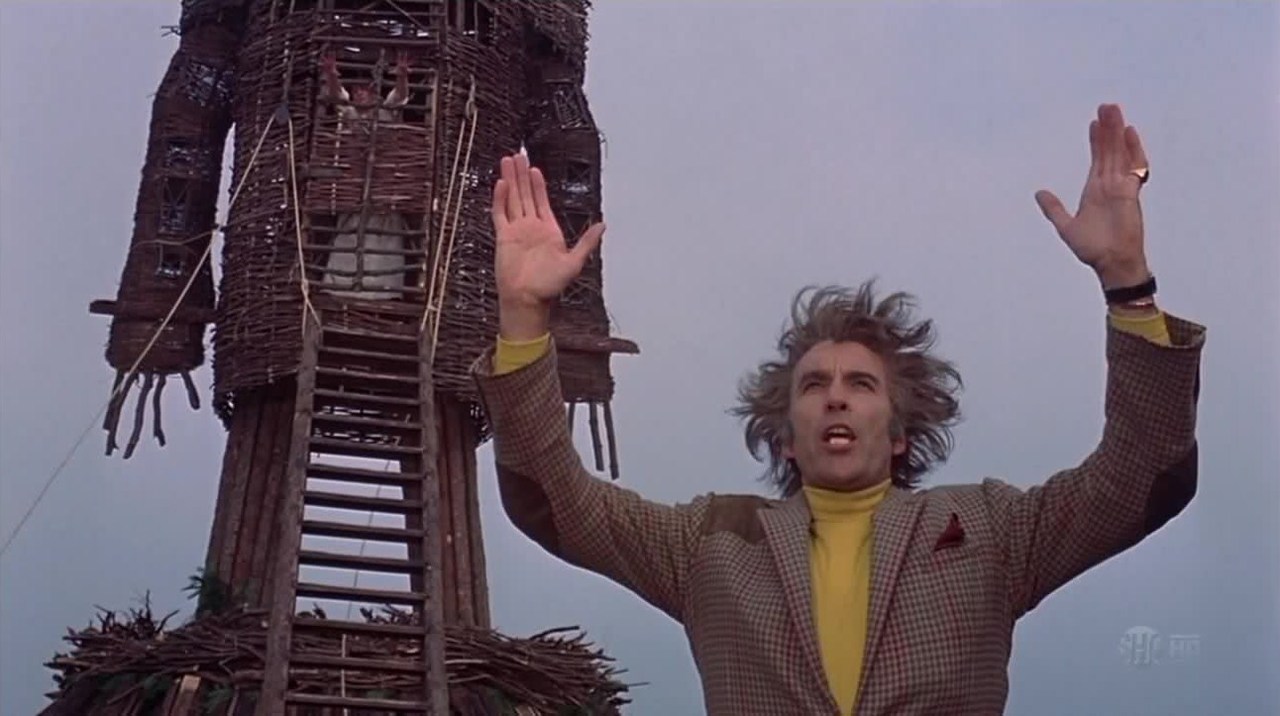
The film tells the story of a policeman who comes to a remote island to search for a missing child and was filmed in Autumn 1972 in various locations in and around Kirkcudbright in south-east Scotland.
It took about 4 hours to drive there from where we live near Manchester, with a stop at the independent motorway services at Tebay, just north of the Lake District. This services is like a cross between a Waitrose, a National Trust cafe and a farm shop and is always being praised as the best in the UK. On a busy bank holiday it was absolutely heaving and we wished we’d picked the “normal” services for a quiet life and a Burger King.
We checked into our hotel and headed straight out to find the first location, the ruined church at Anwoth. This is the location of Rowan Morrison’s grave in the film, as well as where the maypole scene was filmed with the schoolhouse opposite.
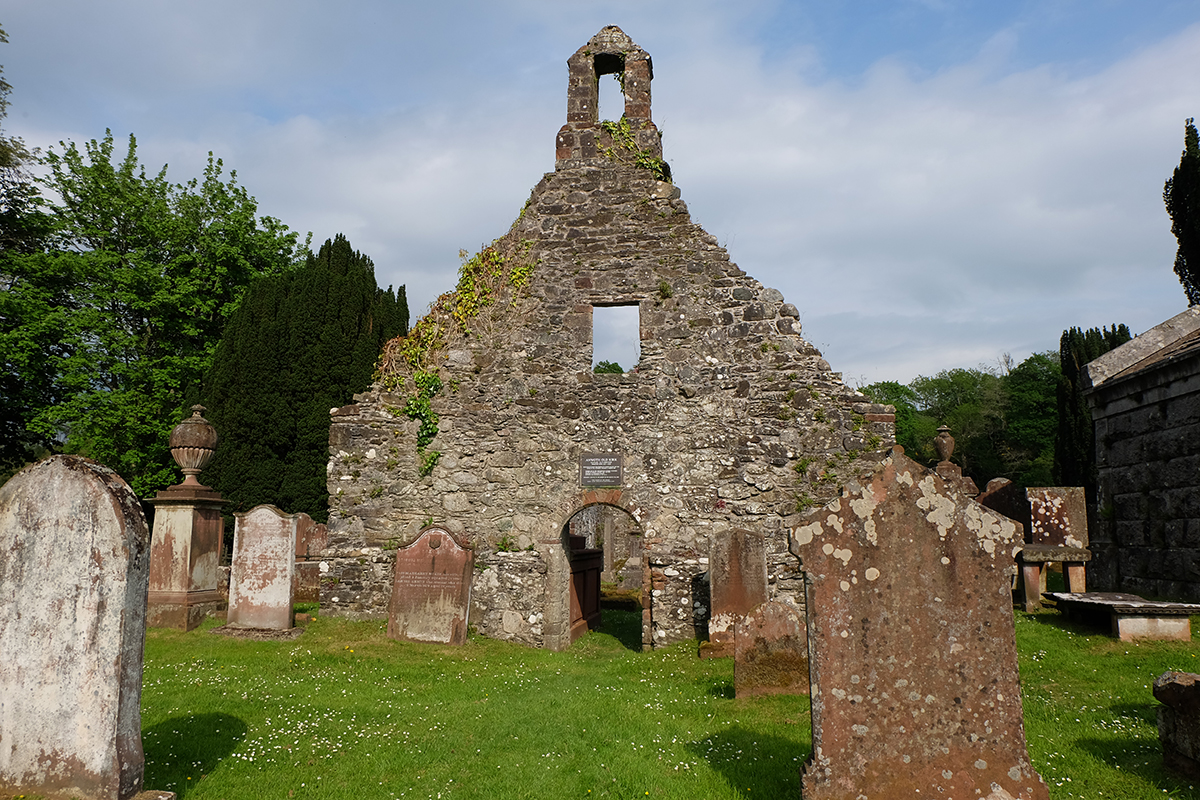
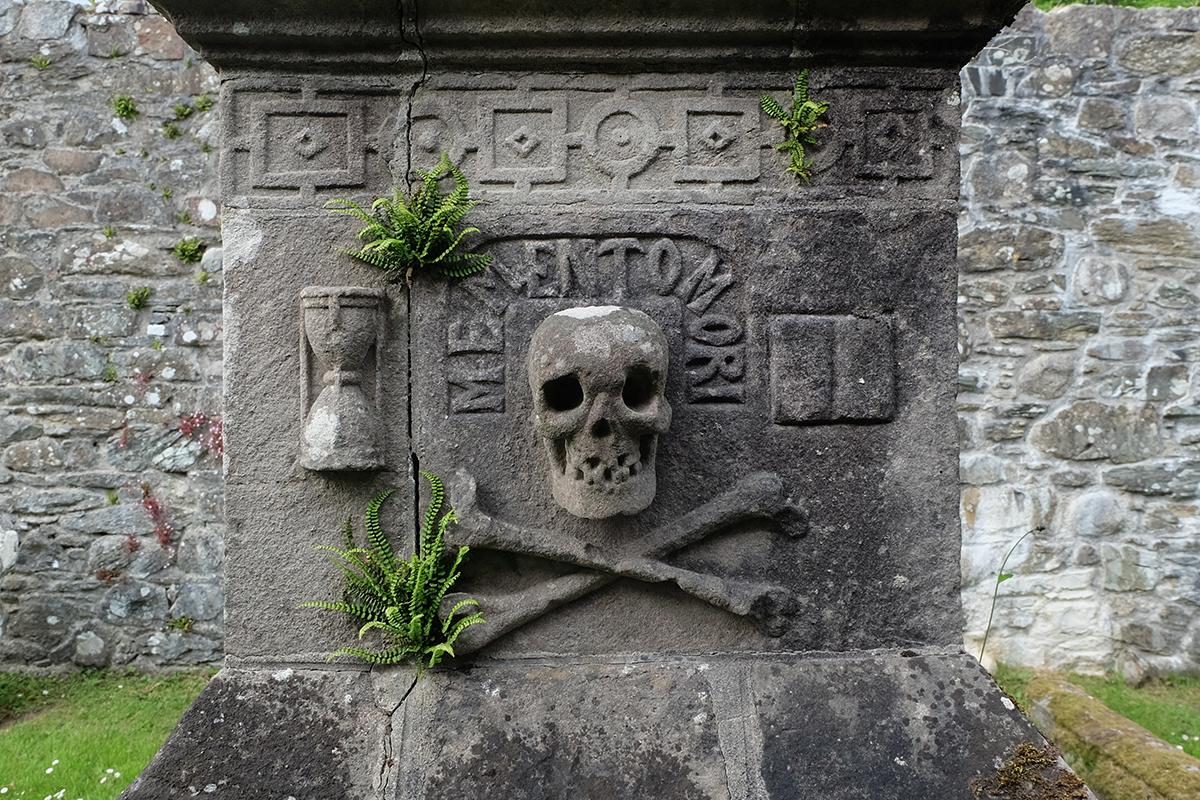
On an early summer’s evening Anwoth is a beautiful spot but ever so slightly creepy. We were the only people there and it was so quiet – just the sound of birdsong and the odd twitching curtain. We were amazed by how quiet this part of Scotland is in general – away from the main road to Stranraer there’s hardly anyone around and there’s a sense of silence and peace which we really enjoyed.
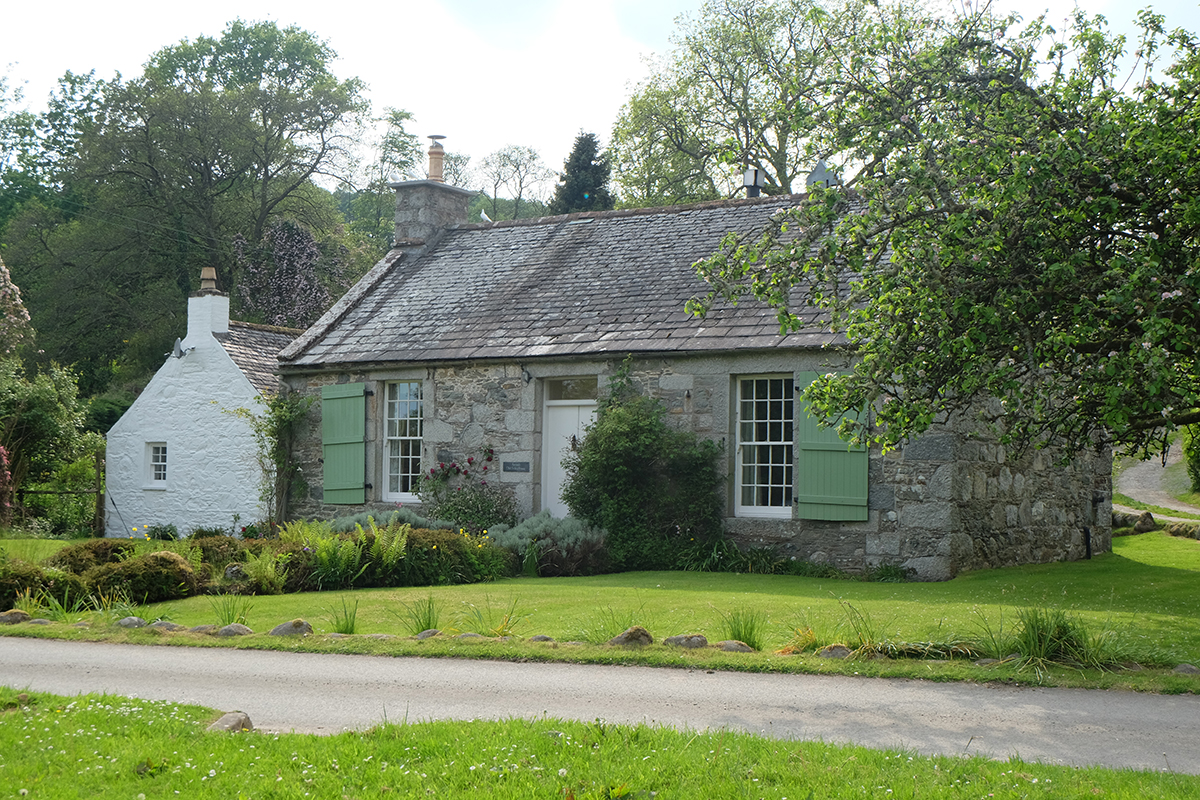
Coming away from Anwoth down the narrow track back to the A75 we met a young roe deer stood in the middle of the road. We had a moment looking at each other before he bounded off across the fields.
From Anwoth we drove to Kirkcudbright, a really pretty little town with a castle at the centre, wide streets and interesting shops, including the one which stood in for May Morrison’s sweet shop in the film.
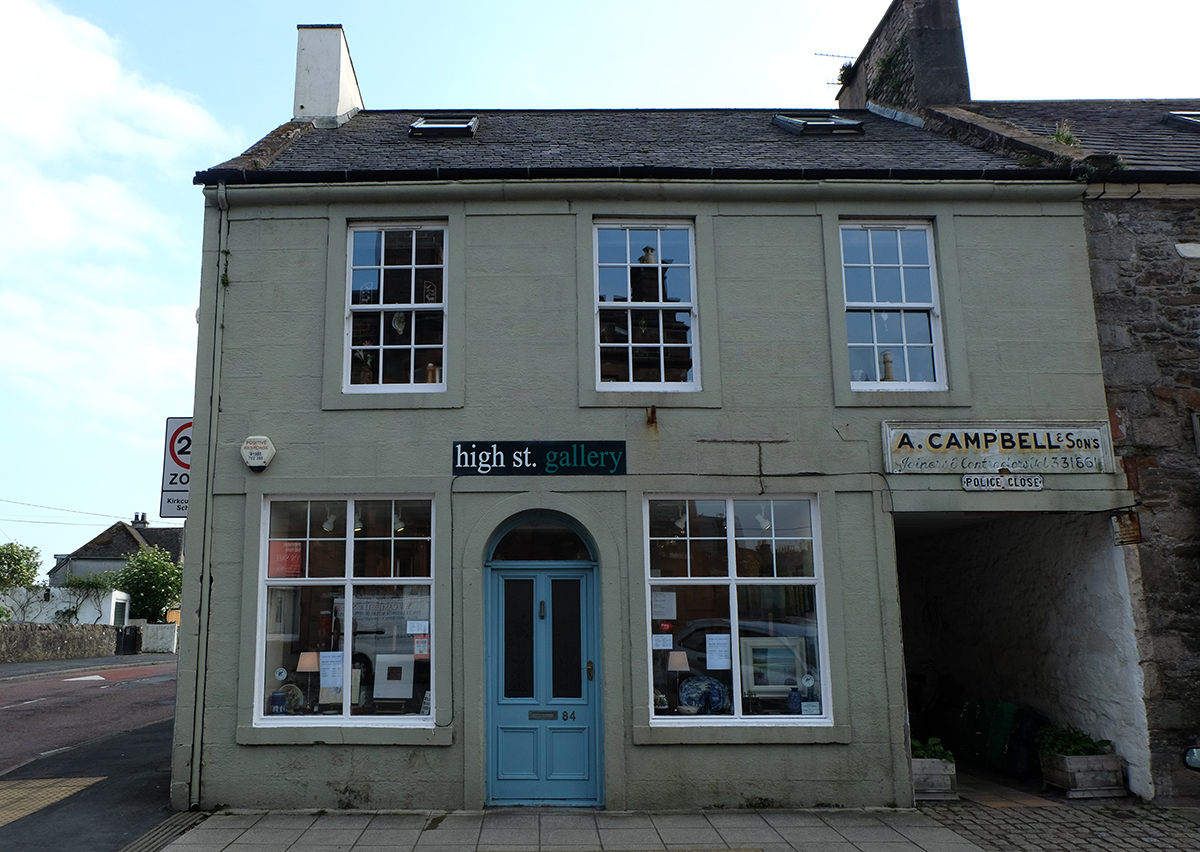
It was a beautiful evening so we bought some chips (covered in salt and vinegar – so unhealthy but so good!) and sat in the little park between the castle and the river before heading back to our hotel. If we came to this part of Scotland again we’d definitely stay in Kirkcudbright.
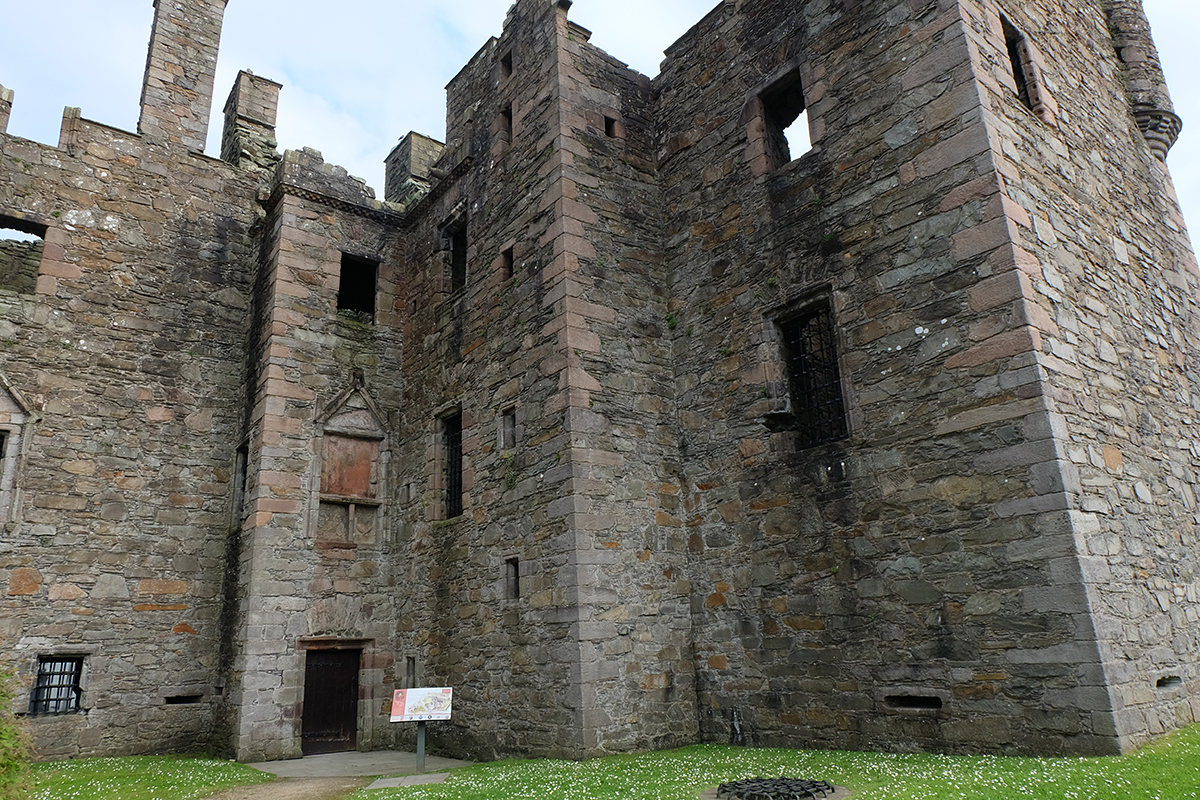
The next day we went to a remote stretch of the Solway Firth coast to find some of the most important locations in the film. First we travelled down narrow lanes to a quiet car park and walked a mile down a beautiful wooded path to a pebbly beach and St Ninian’s Cave.
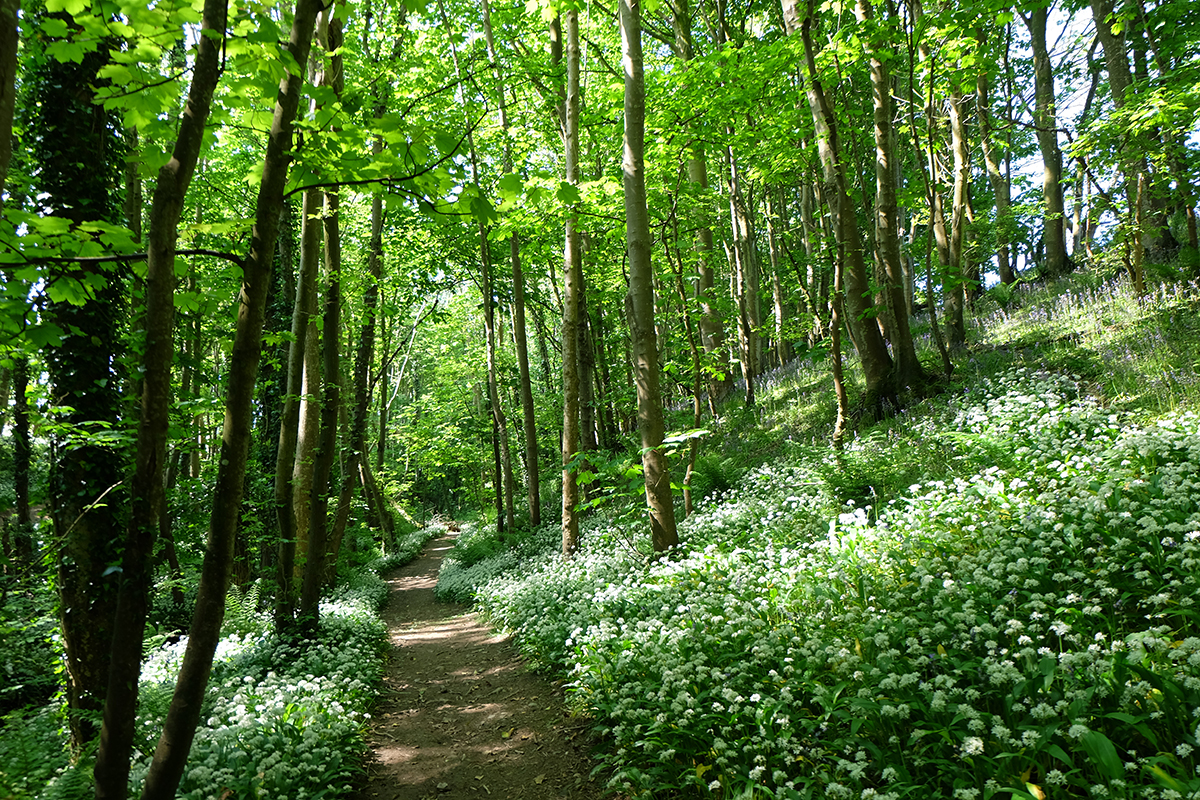
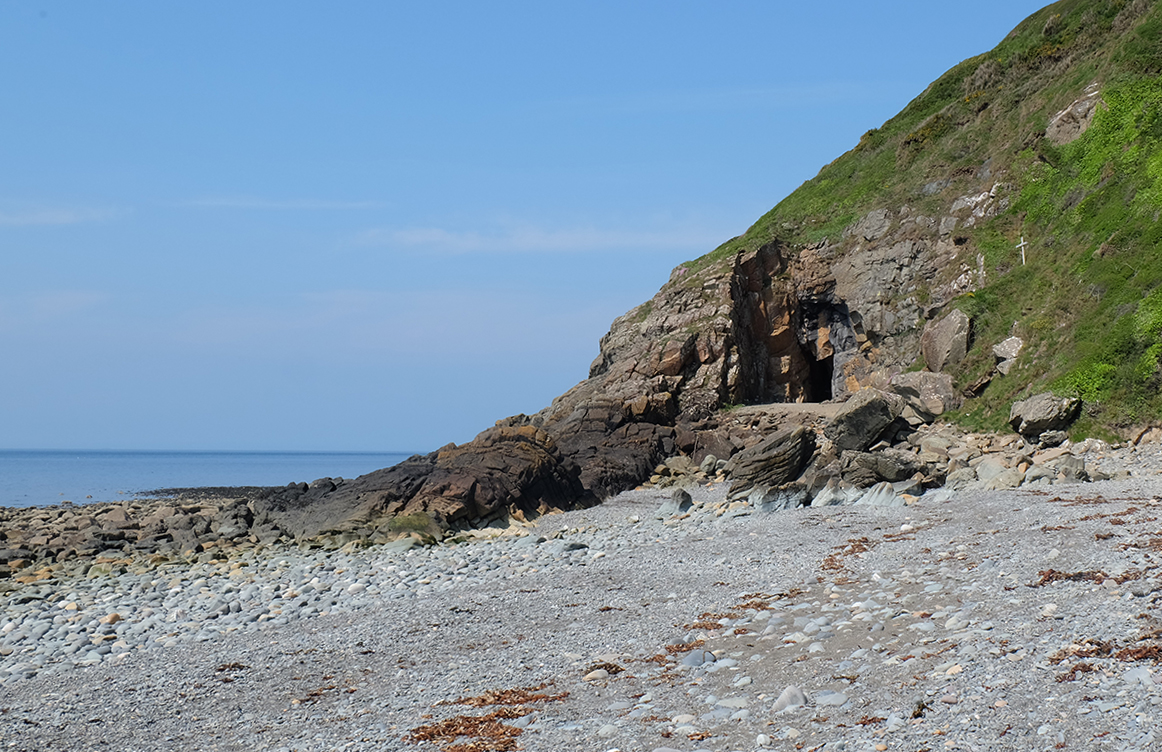
In the film, this is the spot where Edward Woodward’s character finds the missing girl and rescues her from what he thinks is her impending sacrifice. It turns out to be a trick and the hunter becomes the hunted – he is the sacrifice.
In real life the cave is a place of pilgrimage. The hillside and the cave itself is covered in crosses and inside the cave people have left stones with prayers written and scratched on.
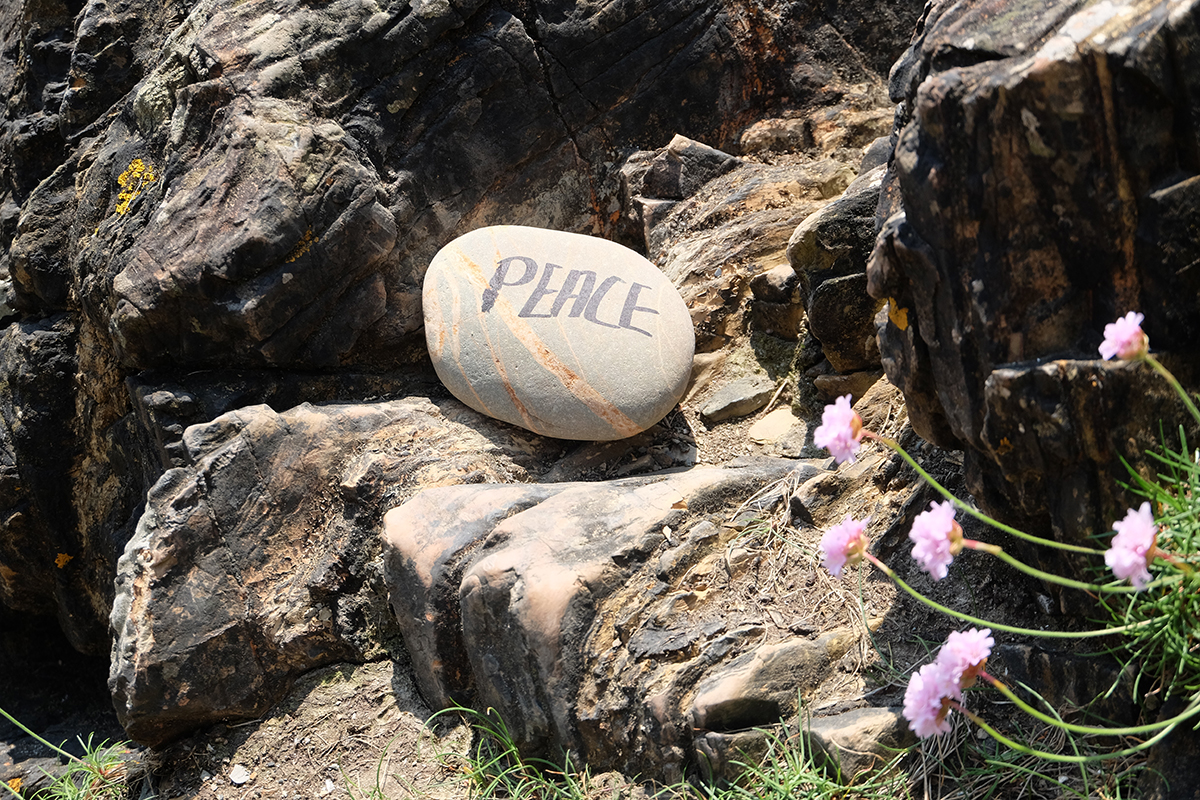
From the cave we went to a caravan site at Burrow Head, the location for the film’s final scenes. There were actually two Wicker Men here so the director Robin Hardy could get the shots he wanted. There’s little to identify the site of the first Wicker Man but the stumps of the one used for the film’s iconic closing shots with the sunset over the sea are easy to find.
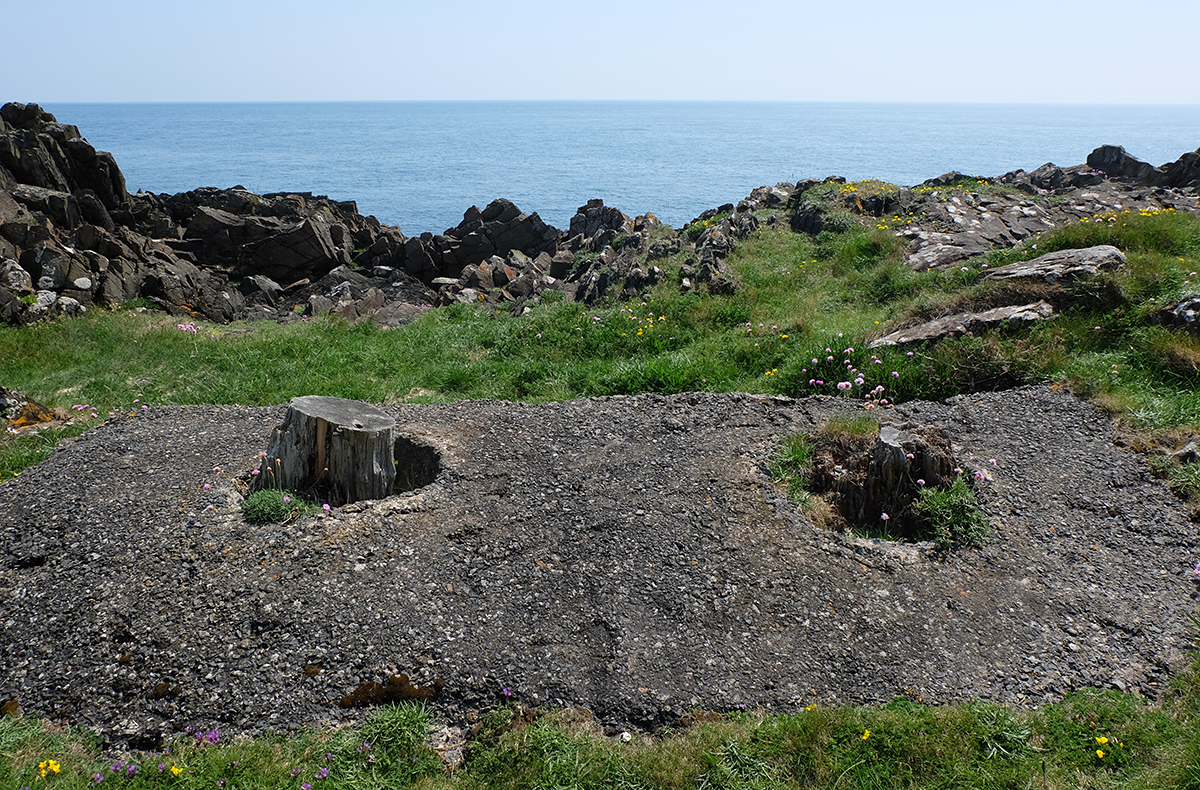
On our third day we enjoyed some of the amazing natural beauty and wildlife of the Galloway area. During the autumn and winter one of the attractions of the Galloway Forest Park is its dark skies, allowing for wonderful star gazing on clear nights but in late May the days are too long. First we went to Kirroughtree visitor centre where we had some breakfast and took a short walk through the woods to watch red squirrels, woodpeckers and lots of other birds from a hide.
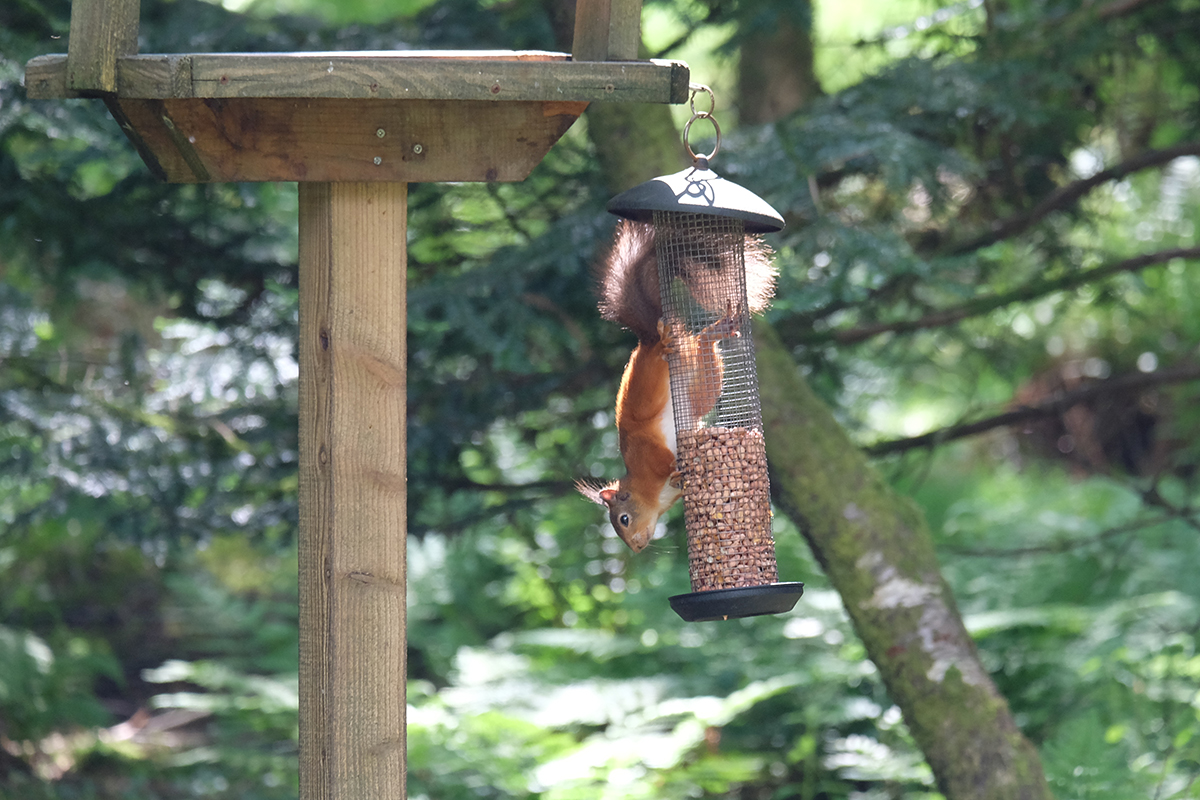
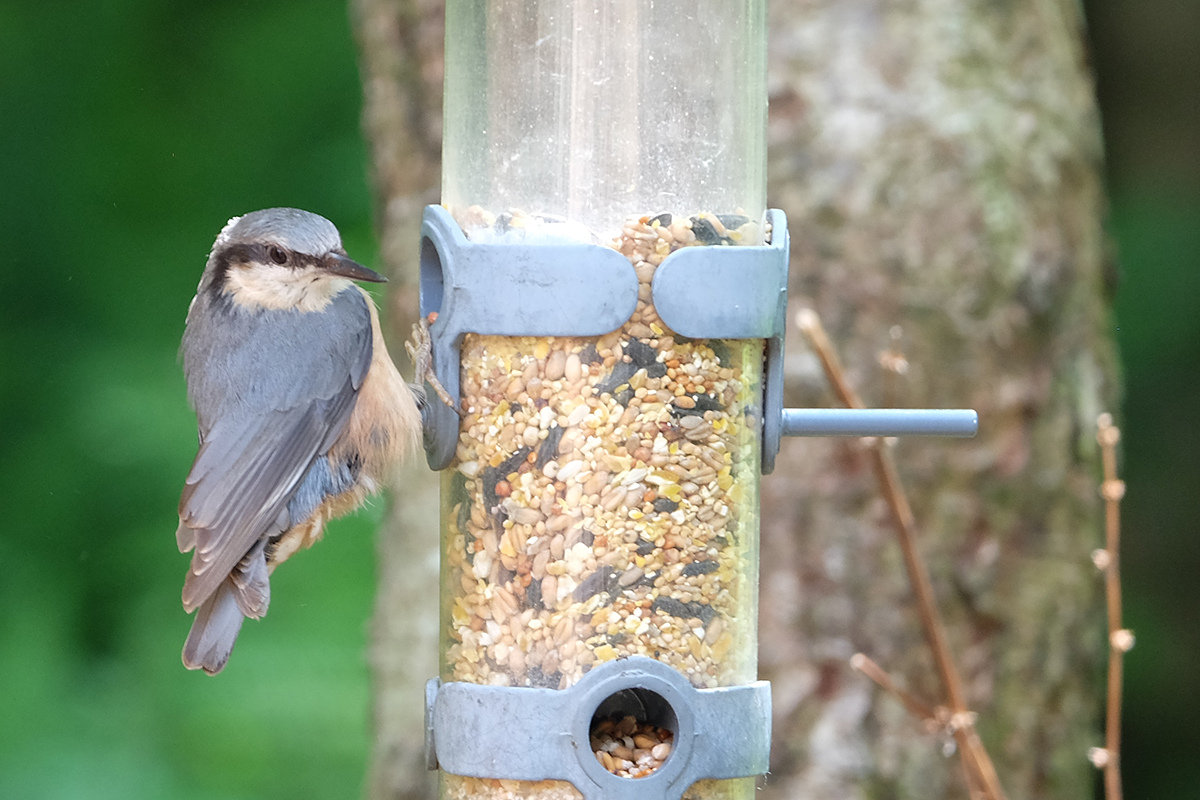
We couldn’t stay long though, because it was nearly 1pm and we had an appointment with some bigger birds.
On a hill near Castle Douglas, every day at 2pm there’s an amazing sight. At Belly Mack Farm Red Kite Feeding Station they’ve been feeding red kites since their reintroduction to Galloway in 2001. We got there early and got to see the kites assembling overhead and in the trees around the farm as they waited for their dinner. At 2pm a woman walked out onto the field below us and started throwing meat out of a bucket. Suddenly the skies were full of red kites swooping down to get their share.
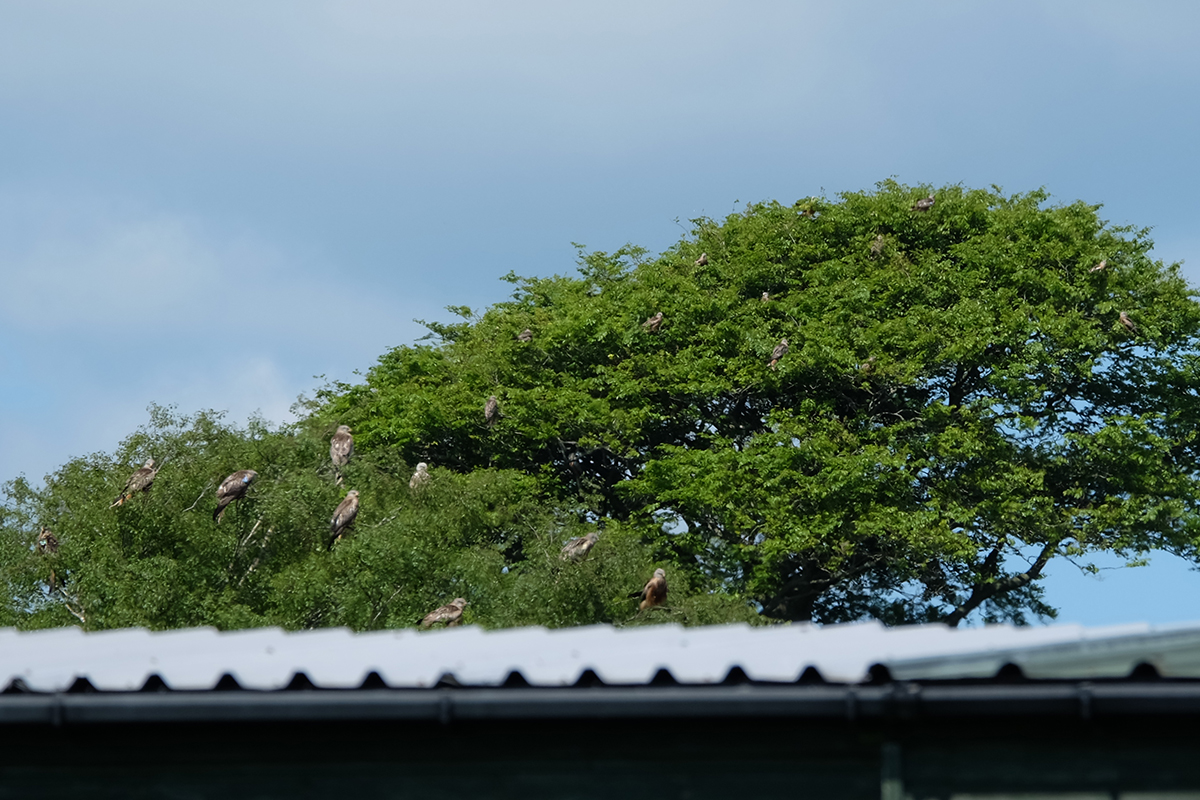
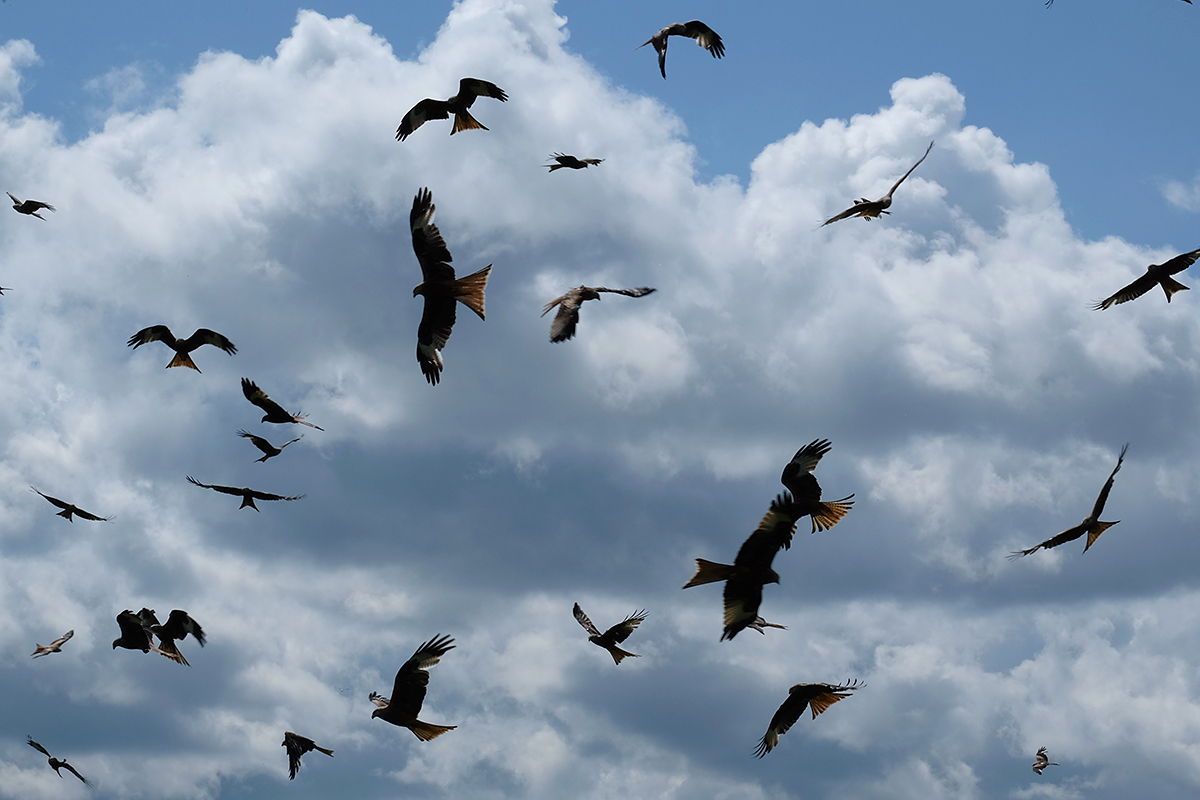
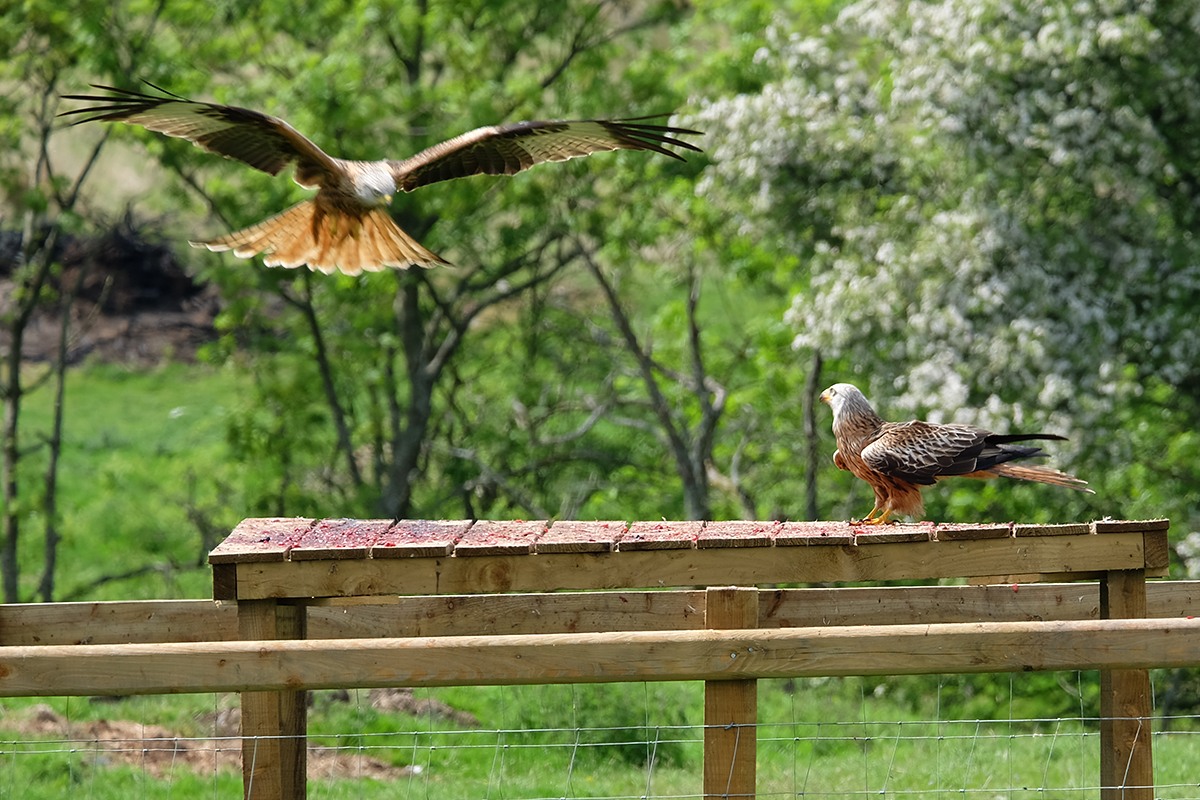
We were really surprised by the Galloway area – we were lucky to have amazing weather but there was lots more to do and see than we’d expected, the landscape was stunning and the peace and quiet was wonderful.
We stayed at: the Kenbridge hotel in New Galloway
We saw: Wicker Man locations, gorgeous scenery, wildlife
We ate: chip shop chips; slim pickings from the local Co-Ops
We drank: Koppaberg
Have you visited this part of Scotland?

